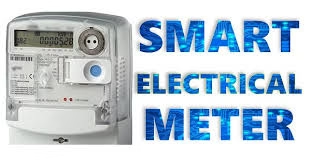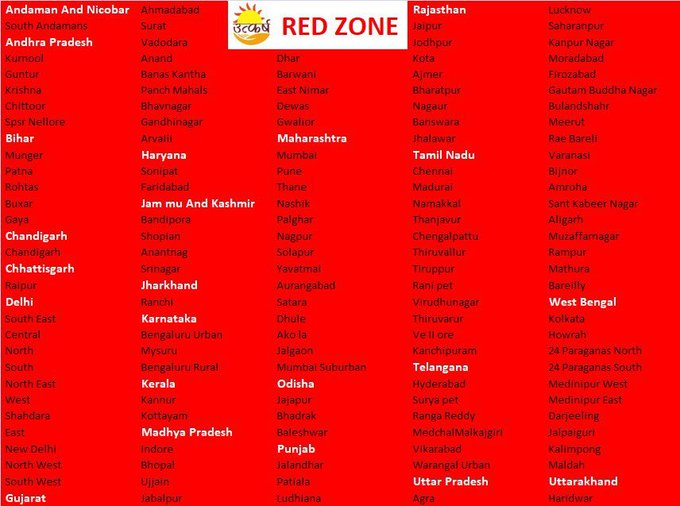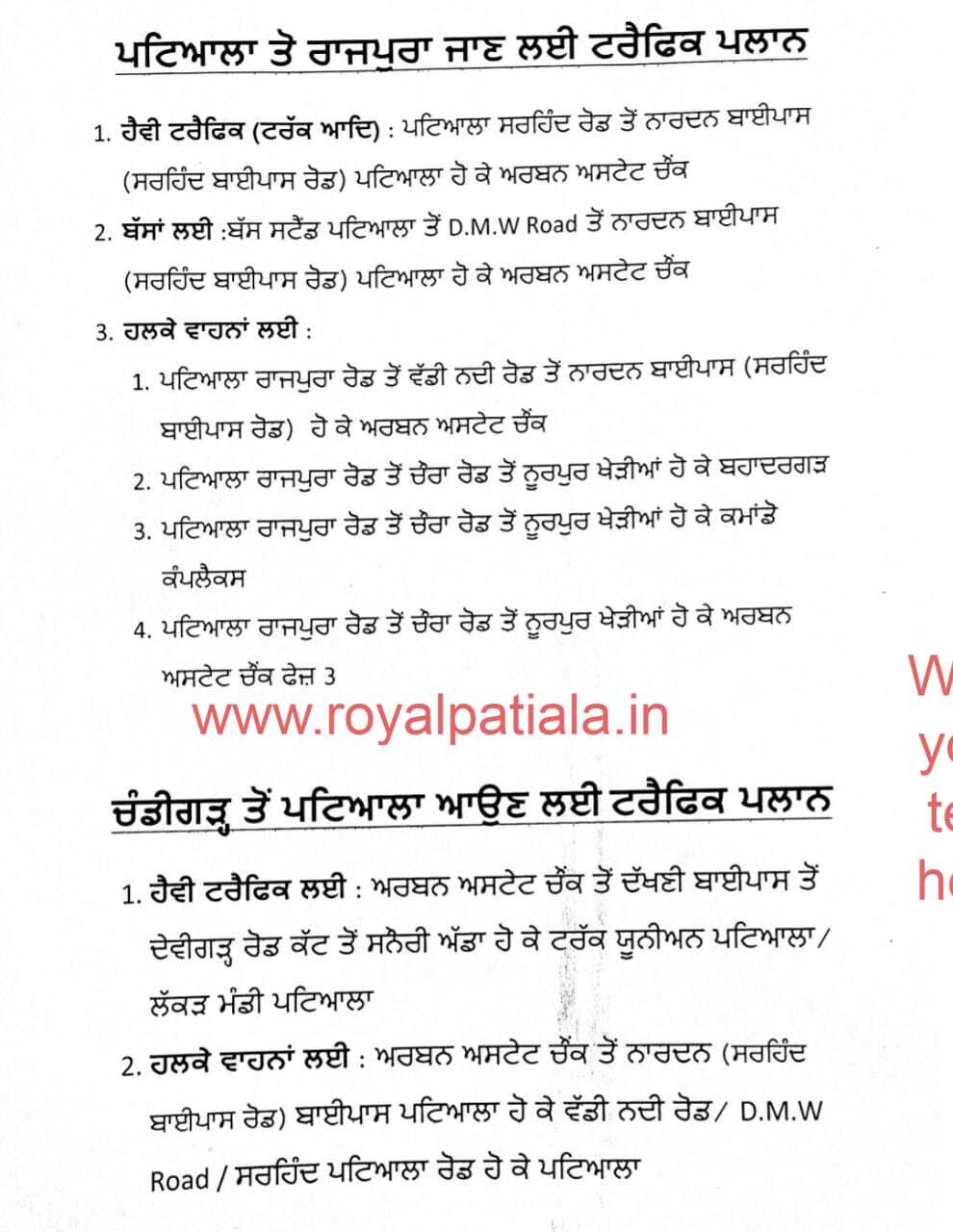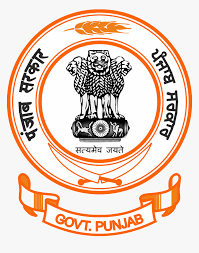Smart Meters fiasco, less than 12 percent smart meters installed under RDSS in India
Kanwar Inder Singh/ royalpatiala.in News/ July 24,2025
Under the Revamped Distribution Sector Scheme (RDSS), 20.33 crore smart meters have been sanctioned in 28 States/ UTs, out of which 2.41 crore smart meters have been installed as on 15.07.2025. For the state of Gujarat, 1.67 crore smart meters have been sanctioned under RDSS, out of which 20.94 lakh smart meters have been installed as on 15.07.2025.
Smart meters help the distribution utilities in improving their billing efficiency as below:
- Provide real-time data, eliminating the need for estimated readings, which can lead to billing inaccuracies.
- Automated data collection process minimizes human error associated with manual meter reading and billing.
- Help identify and prevent electricity theft, ensuring that utilities recover revenue for all energy consumed.
As reported by the utilities of the State of Gujarat, the smart meter installations are currently in its initial implementation phase and complete saturation of divisions are under progress. The improvement in the operational parameters of the Gujarat utilities can be assessed once the saturation in specific areas is complete.

Government of India (GoI) has been supporting the States/ distribution utilities to improve their performance through various initiatives. Some of the key initiatives taken are as under:
- Revamped Distribution Sector Scheme (RDSS) was launched with the objective of improving the quality and reliability of power through a financially sustainable and operationally efficient Distribution Sector. The release of funds under the scheme is linked to States/ distribution utilities taking necessary measures for improving their performance against specified parameters including the Gap between average cost of supply and average revenue realized i.e. ACS-ARR Gap and the Aggregate Technical & Commercial (AT&C) losses.
- Allowing additional borrowing space of 0.5% of GSDP to the State if the distribution utility implements loss reduction measures.
- Additional Prudential Norms have been specified for sanctioning of loans to State owned Power Utilities which is contingent on performance of Power Distribution Utilities against prescribed parameters.
- Rules for implementation of Fuel and Power Purchase Cost Adjustment (FPPCA) and cost reflective tariff to ensure all prudent costs for supply of electricity are passed through and are timely realised.
Above reform measures are to be implemented by States/ distribution utilities as a whole including Tier-II and Tier-III towns falling under the utility area. As a result of reform measures undertaken, the AT&C losses of distribution utilities at the national level has reduced from 21.91% in FY21 to 16.12% in FY24 and ACS-ARR Gap from Rs 0.69/ kWh in FY21 to Rs 0.19/ kWh in FY24.
This information was given by the Minister of State for Power, Shripad Yesso Naik, in a written reply in the Lok Sabha today.













